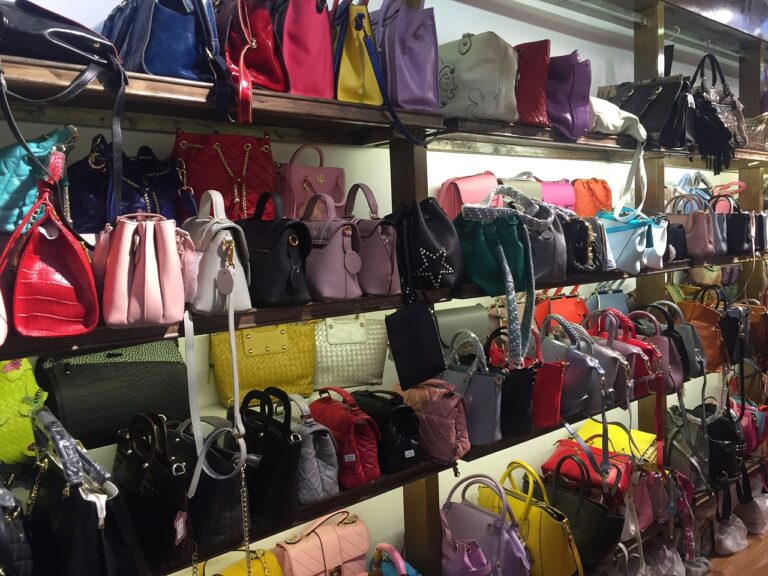The Future of Shopping Malls: Adapting to Changing Consumer Preferences
When it comes to consumer preferences, several key factors play a significant role in shaping purchasing decisions. One crucial factor is price, as consumers are often drawn to products that offer the best value for their money. Additionally, quality is a major consideration for consumers, as they seek products that are durable and reliable. Brand reputation also plays a vital role in influencing consumer preferences, as consumers are more likely to trust and purchase products from well-known and reputable brands.
Another important factor that influences consumer preferences is convenience. In today’s fast-paced world, consumers value convenience more than ever before. This includes factors such as easy access to products, quick delivery options, and simple payment methods. Furthermore, product features and benefits are essential in attracting consumers, as they look for items that meet their specific needs and preferences. By considering these key factors, businesses can better understand and cater to consumer preferences in order to effectively drive sales and build customer loyalty.
Incorporating Technology for a Seamless Shopping Experience
Retailers are increasingly turning to technology to enhance the shopping experience for consumers. By incorporating features such as virtual reality fitting rooms and personalized recommendation algorithms, businesses are able to cater to the specific needs and preferences of their customers. This not only streamlines the shopping process but also creates a more engaging and convenient experience for shoppers.
Moreover, the integration of mobile payment options and augmented reality for product visualization has revolutionized how consumers interact with brands. With just a few taps on their smartphones, customers can now make purchases seamlessly and visualize products in their own space before making a decision. This level of convenience not only simplifies the shopping journey but also fosters a sense of trust and loyalty towards the brand.
Creating Immersive and Interactive Shopping Environments
In today’s competitive retail landscape, creating immersive and interactive shopping environments has become essential to attract and retain customers. By incorporating elements such as virtual reality experiences, interactive displays, sensory stimulation, and personalized recommendations, retailers can enhance the overall shopping journey for consumers. These immersive environments not only captivate shoppers but also provide a unique and memorable experience that differentiates them from traditional brick-and-mortar stores.
When designing immersive and interactive shopping environments, it is crucial for retailers to consider the overall ambiance, layout, and accessibility of the space. Utilizing cutting-edge technology, such as augmented reality mirrors, interactive fitting rooms, and AI-powered assistants, can further elevate the shopping experience and foster greater engagement with customers. By creating a seamless blend of physical and digital elements, retailers can offer a dynamic and personalized shopping experience that caters to the evolving preferences of modern consumers.
• Incorporate virtual reality experiences to engage customers in a new and exciting way
• Utilize interactive displays to allow for hands-on exploration of products
• Implement sensory stimulation through lighting, music, and scents to create a multi-sensory experience
• Provide personalized recommendations based on customer preferences and past purchases
• Consider the overall ambiance, layout, and accessibility of the space when designing immersive environments
• Use cutting-edge technology such as augmented reality mirrors and AI-powered assistants to enhance the shopping experience
• Create a seamless blend of physical and digital elements for a dynamic and personalized shopping journey
How can businesses create immersive and interactive shopping environments?
Businesses can create immersive and interactive shopping environments by incorporating elements such as interactive displays, virtual reality experiences, and sensory branding to engage customers.
What technology can be used to enhance the shopping experience?
Technology such as augmented reality, mobile apps, and beacon technology can be used to enhance the shopping experience by providing personalized recommendations, seamless checkout processes, and interactive product displays.
What are some key factors that influence consumer preferences in shopping environments?
Key factors that influence consumer preferences in shopping environments include convenience, personalization, price transparency, social proof, and the overall shopping experience.
How important is it for businesses to stay updated with the latest technology trends in retail?
It is crucial for businesses to stay updated with the latest technology trends in retail in order to remain competitive, attract customers, and provide a seamless and immersive shopping experience.
What are some examples of successful immersive and interactive shopping environments?
Examples of successful immersive and interactive shopping environments include Nike’s flagship stores with interactive sports experiences, Sephora’s Virtual Artist app for trying on makeup virtually, and IKEA’s augmented reality app for visualizing furniture in a room.







